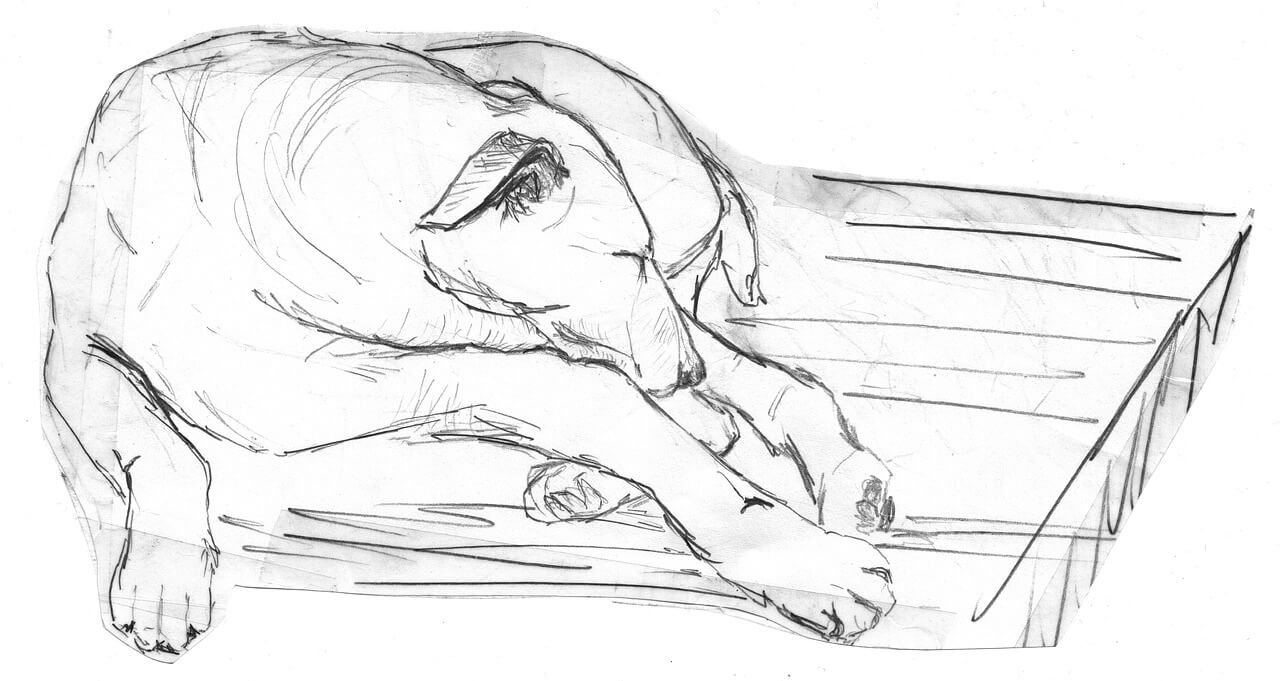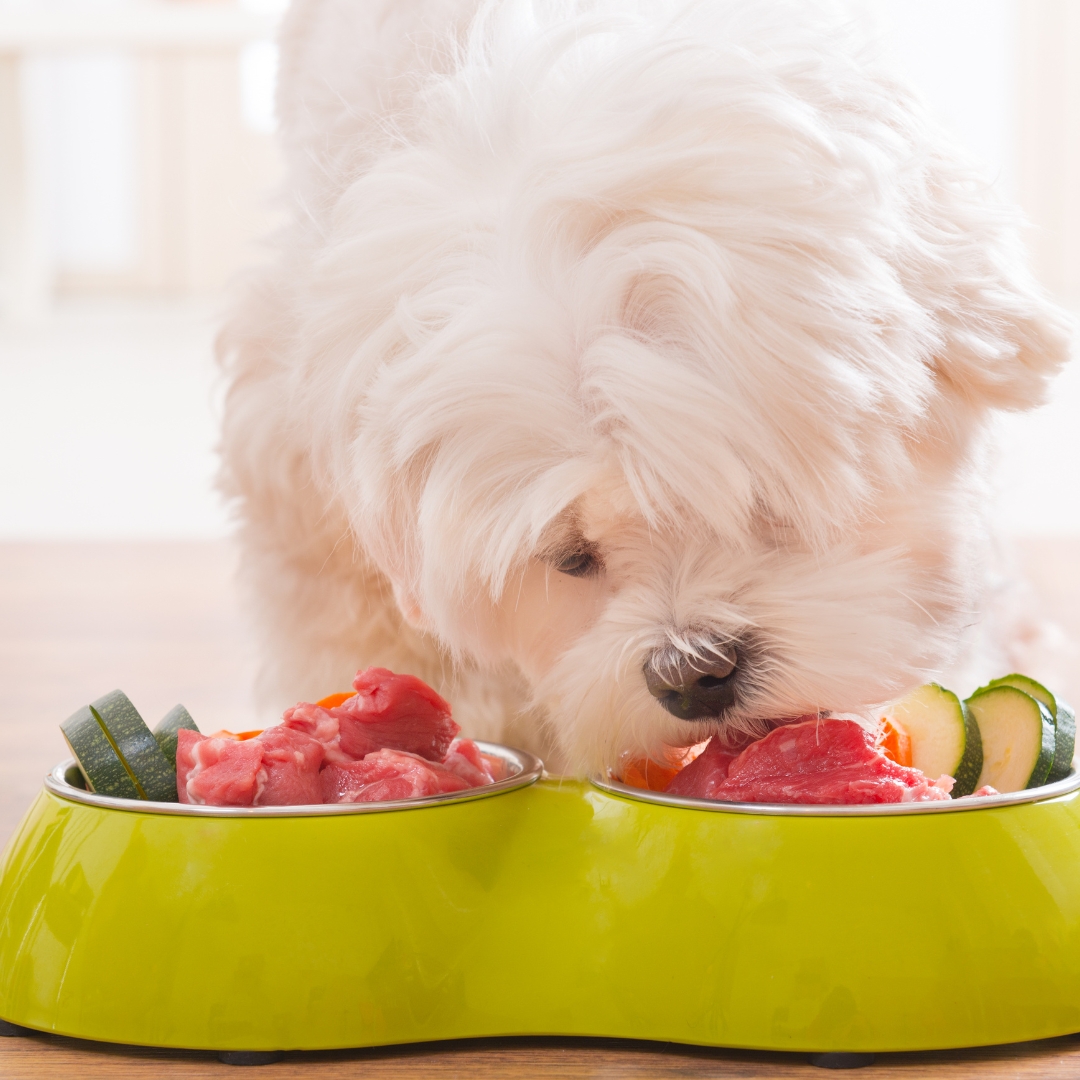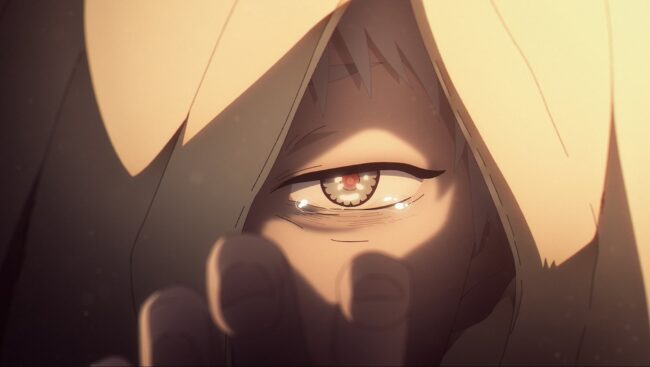How to Draw a Dog: Your Easy-Peasy Guide to Amazing Canine Art!
Hey there, fellow animal lovers and budding artists! Ever looked at a cute pupper and thought, “Man, I wish I could capture that adorable face on paper?” Well, you’re in luck because today we’re diving into the wonderful world of dog sketch easy. You don’t need to be a Picasso to create a heartwarming rendition of your furry best friend – nope, not at all! We’re going to break down how to draw a dog, step-by-step, making it super accessible and, dare I say, even fun!
Now, I know what you might be thinking: “My drawings usually look like something a toddler did with their non-dominant hand.” Trust me, I’ve been there! But with a few simple tricks and a bit of practice, you’ll be astonishing yourself (and your friends!) with your newfound artistic prowess. So grab your pencil, a piece of paper, and let’s get sketching!
Table of Contents
Why Everyone Should Try a Dog Sketch (Even You!)
Before we jump into the nitty-gritty, let’s chat about why learning how to create a dog sketch easy is such a fantastic idea.
- Stress Buster Extraordinaire: There’s something incredibly therapeutic about putting pencil to paper. It’s a wonderful way to unwind, focus your mind, and just chill out after a long day. Forget expensive therapies; just doodle a dog!
- Creative Confidence Booster: Seriously, nailing even a simple dog sketch can give your creative confidence a massive lift. It proves you can learn new things and produce something awesome.
- Personalized Gifts: Imagine sketching a friend’s beloved pet and gifting it to them. Forget store-bought! A hand-drawn portrait is a priceless, heartfelt gesture.
- Better Understanding of Anatomy: Okay, maybe that sounds a bit too much like school, but hear me out! When you draw, you start noticing the details – the way muscles move, how fur behaves. It’s like a secret superpower for appreciating the world around you.
- Pure Joy: Honestly, what’s not to love about creating something beautiful, especially when it’s a tribute to our four-legged companions?
Getting Started: Your Essential Dog Sketch Toolkit
You don’t need a fancy art studio to begin your dog sketch easy journey. Here’s what I recommend for starters:
| Item | Why You Need It |
|---|---|
| Pencils | A few different hardnesses (HB, 2B, 4B) are great for variety. |
| Eraser | The kneaded kind is fantastic for subtle corrections. |
| Sketchbook | Any paper works, but a dedicated book feels more ‘artist-y’! |
| Reference Photo | Crucial! Don’t try to draw from memory right away. Find a cute pic. |
The Secret Sauce: Breaking Down Your Dog into Simple Shapes
Here’s the biggest secret to any drawing, especially when you want to make a dog sketch easy: don’t try to draw the whole dog at once! Instead, think of your dog as a collection of basic shapes – circles, ovals, and rectangles. This “building block” approach is a game-changer, I promise.
Step 1: The Basic Blueprint (Circles & Ovals Galore!)
Think of this as setting up the skeleton of your doggo.
- Head First (Usually!): Start with an oval or circle for the head. Don’t press too hard; these are just guide lines.
- Body Time: Next, another, larger oval or rectangle for the main body. Think about the dog’s posture – is it sitting, standing, or curled up?
- Connecting the Dots: Gently connect the head and body with a curved line for the neck.
- Snout & Muzzle: Add a smaller oval or circle for where the snout will go, overlapping the head circle slightly. This is where your dog’s unique face will start to form!
- Pro Tip: Look at your reference photo. What are the most dominant shapes you see? A bulldog, for instance, might have more square-ish features, while a greyhound will be all elegant curves. This is where you start laying the groundwork for a realistic dog drawing later on.
Step 2: Adding Features – Where the Magic Happens!
Now, let’s bring some life to those basic shapes.
- Placement of Features: On the head oval, draw a vertical and horizontal line to help you place the eyes, nose, and mouth symmetrically. This might seem picky, but it makes a huge difference!
- Ears: Dogs have a gazillion different ear shapes! Floppy, pointy, perky… just two simple curves or triangles.
- Eyes: Two small circles or ovals. Remember, the eyes are often expressive, even in a simple sketch.
- Nose: A rounded triangle or inverted heart shape does the trick for the nose. Then, add a line down from the center for the mouth.
- Legs & Paws: Use simple lines for the upper leg joints and then add ovals for the lower leg segments and paws. Keep it super basic – don’t worry about individual toes just yet!
- Think Semantically: When drawing the eyes, think about “pupils,” “irises,” “eyelids.” Even without tons of detail, understanding these components helps you place them correctly.
Step 3: Refining the Outline – From Blob to Beloved Pet
This is where you start giving your dog its unique silhouette.
- Connect the Lines: Now, gently go over your guide lines, creating smoother, more defined curves for your dog’s body. Think about the flow of the fur and muscles.
- Erase the Guides: Once you’re happy with the outline, lightly erase your initial construction lines (the circles and ovals). This often feels like magic, as your dog suddenly appears!
- Tail Time: Don’t forget the wagging wonder! A simple curve or tuft for the tail, reflecting the breed you’re drawing.
Enhancing Your Sketch: Fur, Form, and Personality
Now that you have a solid outline, let’s add some personality. This is where your dog sketch easy starts to look less like a generic canine and more like a specific, lovable pooch.
Adding Fur (Without Going Crazy!)
You don’t need to draw every single strand of fur. Trust me, that’s a recipe for madness!
- Direction of Fur: Observe your reference. Which way does the fur grow? Use short, quick strokes in that direction.
- Light & Shadow (Super Simple): Instead of drawing every piece of fur, think about where the light is hitting your dog. Where are the shadows deepest? A few darker lines or slightly smudged areas can create the illusion of volume and texture. This is key for a more realistic dog drawing.
- Vary Your Strokes: Use lighter strokes for softer fur and a slightly firmer hand for coarser areas.
Depth and Dimension
A few simple tricks can make your sketch pop.
- Overlapping: When one part of the dog overlaps another (e.g., a leg in front of the body), it instantly creates depth.
- Line Weight: Use slightly darker or thicker lines on the parts of the dog that are closer to you or are in shadow. This is an incredible yet easy way to add dynamic interest.
- Subtle Shading: Pick a main light source. Then, very lightly shade the areas that would be in shadow. Don’t overdo it! A little goes a long way.
Beyond the Basics: Taking Your Puppy Sketches to the Next Level
Once you’re comfortable with the basics, why not try drawing some particularly adorable how to draw puppies? Puppies have slightly different proportions – bigger heads, chubbier bodies, and shorter legs, which makes them extra squishy and fun to sketch!
- Puppy Proportions: Focus on that disproportionately large head and rounder body. Their limbs are like little stubs!
- Playful Poses: Puppies are all about playful energy. Try capturing them mid-leap, with a toy, or in a cozy sleeping curl.
- Soft Lines: Use really soft, gentle lines for puppies to emphasize their delicate appearance.
Common Dog Drawing Hiccups & How to Fix Them
We all make mistakes – it’s part of the learning process! Here are a few common ones and how to gracefully correct them:
| Hiccup | Easy Fix |
|---|---|
| Eyes on Different Levels | Use your guide lines! And then measure with your pencil. |
| Stiff, Unnatural Poses | Use more curved lines; think about natural motion. |
| Flat-Looking Dog | Focus on varying line weight and adding subtle shading. |
| Proportions Are Off | Start again with basic shapes, comparing sizes often. |
| “Floating” Dog | Add a super simple ground line or shadow beneath the paws. |
Keep Practicing, Keep Growing!
Like anything worthwhile, drawing takes practice. Don’t get discouraged if your first few attempts aren’t exactly gallery-worthy. Every line you draw, every sketch you make, is a step forward.
- Draw Often: Even 10-15 minutes a day can make a huge difference.
- Experiment: Try different pencils, different papers, different breeds!
- Observe: Pay attention to dogs in real life (or on YouTube!). Notice their expressions, their poses, their unique characteristics. This is the foundation for any realistic dog drawing.
- Don’t Be Afraid to Look: Copying is a great way to learn. Find artists you admire and try to replicate their styles to understand their techniques.
Unleash Your Inner Artist: A Paw-some Conclusion!
See? Learning how to create a dog sketch easy isn’t some mystical art reserved for the chosen few. It’s an accessible, rewarding journey that anyone can embark on. From the initial circles to the gentle shading, each step brings you closer to creating a beautiful tribute to our canine companions.
So go on, grab those pencils, pick your favorite doggo picture, and let your creativity flow. You’re not just drawing an animal; you’re capturing a bit of joy, a dash of personality, and a whole lot of love on paper. Who knows, you might even discover a hidden talent and embark on a wonderful new artistic adventure! Happy sketching, my friends!
Your Burning Questions Answered! (FAQ)
Here are a few common questions I get about whipping up a quick dog sketch:
1. How do I make my dog sketch look less like a cartoon and more like a real dog without getting super detailed?
Ah, the eternal struggle! The trick here is often in the subtle details and proportions. Instead of just drawing big round eyes, try adding a small highlight to the pupil, which instantly gives a sense of life. Also, pay close attention to the way the fur lays; use short strokes in the direction of hair growth rather than just drawing an outline. Slight variations in line weight – darker lines where parts overlap or are in shadow – also add immense depth for a more realistic dog drawing without needing to render every single hair. It’s about implying detail, not drawing every single bit of it!
2. I can draw the head, but the body always looks weird. Any tips for getting dog body proportions right?
You’re not alone! The body can be tricky. My best advice is to really rely on those initial basic shapes. Think of the dog’s rib cage as a large oval and its hips as a slightly smaller one. Then, block out the legs with simple cylinders or lines for the joints. Don’t worry about curves or muscle definition until you have those basic “bones” in place. Once you have your ovals and lines, you can start to connect them with smoother, more natural curves, erasing the initial scaffolding as you go. Another big help is studying your reference photo and comparing the sizes of different body parts – is the head one-third the size of the body, or one-fifth? This comparison will totally level up your proportion game.
3. What’s the easiest way to give my dog sketch some personality or emotion?
This is where the fun really begins! A dog’s personality often shines through its eyes, ears, and mouth. For eyes, a slightly raised eyebrow or a wide, attentive gaze can convey curiosity. Droopy eyelids suggest sleepiness or calmness. Pointy ears slightly tilted forward usually mean alertness, while ears flattened back might suggest submission or fear. And for the mouth, a slight upturn at the corners can create a happy, relaxed look. Don’t forget the tail! A high, wagging tail screams joy, while a tucked tail implies nervousness. Even in a simple dog sketch easy, these small tweaks can make your dog look like it’s about to jump right off the page!
4. My sketches always look flat. How do I add a sense of depth or dimension?
The secret sauce for banishing flatness often lies in two things: line weight and subtle shading. Imagine a light source hitting your dog. Any areas that are turning away from the light or are underneath another part of the dog (like the underside of the belly, or where a leg meets the body) will naturally be in shadow. Use your pencil to create slightly darker, perhaps a bit softer, lines in these shadowed areas. For line weight, use a slightly darker or thicker line for parts of the dog that are closer to you or that have a stronger outline, and lighter, thinner lines for parts that recede. Even a tiny bit of this can give your dog sketch easy so much more life!
5. I want to draw specific dog breeds, but they all end up looking the same. How do I capture breed-specific traits?
This is a fantastic goal! To capture breed-specific traits, it’s all about observation and exaggeration (just a little!). Look at your reference photo for that particular breed and identify its most distinguishing characteristics. Is it a long snout like a Collie, or a pushed-in nose like a Pug? Are the ears very large and floppy, or small and perky? Does it have short, wiry fur or long, flowing locks? Focus on these key features and emphasize them slightly in your initial sketch. For example, when drawing a Dachshund, really lean into that long body and short legs. For a Saint Bernard, go big with the jowls and soulful eyes. Breaking down the breed into these unique “building blocks” will stop your dogs from looking like generic canines and instead bring out their true breed personality!





